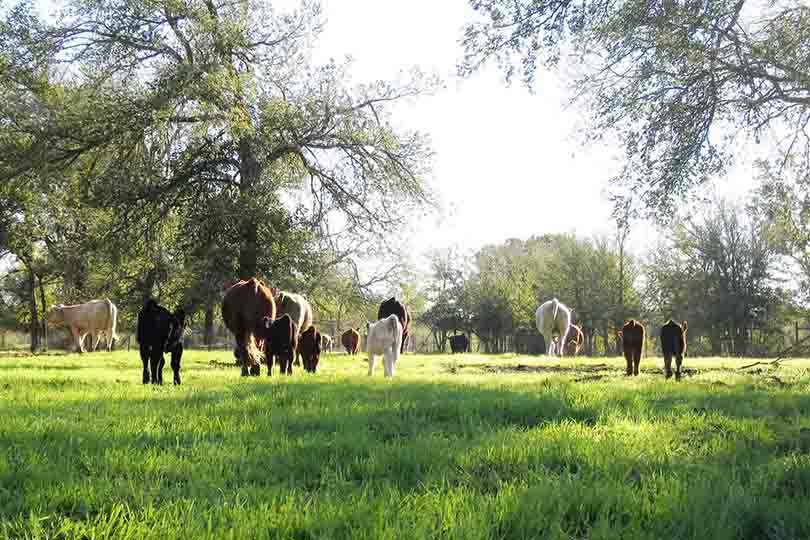A handshake and verbal agreement. They were once the mark of Western ranchers, but handshake deals can easily fall apart when disaster strikes.
Tiffany Dowell-Lashmet, assistant professor and Extension agricultural law specialist for Texas A&M AgriLife Extension Service, outlined several items that landowners should consider in written agreements before grazing cattle.
She said all contracts—cash lease, set price per head per acre or crop share—should spell out payment of rent. When and how rent is due should also be spelled out, as well as interest and penalties for late payments.
A good lease should also detail the subject, including exclusions, stocking rates and how and when property can be accessed, if others have rights to the property for hunting purposes. Leases can also include details on breed and size of cattle.
The agreement should outline who is responsible for the care of livestock, such as specifics on feed per cow per day. Incentives for high daily gain or low death loss can also be added.
Many landowners often forget to add the right of inspection to their lease agreement. Without that addition, the landowner gives up the right to enter the property during the lease, according to Dowell-Lashmet.
Liability and indemnification details should be included in any lease so both parties are covered. Oftentimes, maintenance of any fixed assets and the status of mineral rights are overlooked.
Disaster contingencies and common legal provisions regarding choice of forum and dispute resolution should be outlined.
Dowell-Lashmet urges landowners to have lease agreements professionally reviewed before signing.
For other tips, visit the Texas Agriculture Law Blog.

